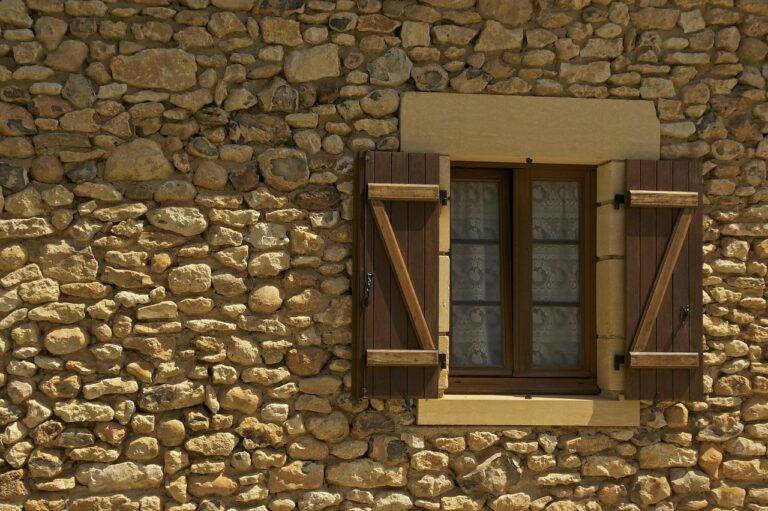Sustainable Retaining Wall Design: Using Eco-Friendly Materials for Soil Erosion Control
Eco-friendly retaining walls offer numerous advantages that make them a popular choice for landscaping projects. One key benefit is their environmental friendliness, as these walls are constructed using sustainable materials that have minimal impact on the ecosystem. By opting for eco-friendly retaining walls, homeowners can contribute to the preservation of the environment while enhancing the beauty of their outdoor spaces.
In addition to their eco-friendly nature, these retaining walls are also known for their durability and longevity. Built to withstand the test of time, eco-friendly materials used in these walls are resilient to weather elements and erosion, ensuring that the structure remains intact for years to come. This longevity not only minimizes the need for frequent replacements but also helps in reducing maintenance costs over the long term.
Different Types of Eco-Friendly Materials for Retaining Walls
When it comes to creating eco-friendly retaining walls, there are several types of materials that stand out for their sustainability and environmental benefits. One popular option is using reclaimed wood, which not only adds a rustic charm but also reduces the demand for new timber, thus helping to preserve forests. Another eco-friendly material is recycled concrete, which repurposes waste materials and reduces the carbon footprint associated with traditional concrete production.
In addition to reclaimed wood and recycled concrete, another environmentally friendly material for retaining walls is gabion baskets filled with natural stones. These wire baskets filled with rocks not only provide structural support but also allow for natural drainage and blend well with the surroundings. Incorporating these eco-friendly materials into retaining wall projects not only helps in reducing environmental impact but also adds a unique and sustainable touch to the landscape.
Factors to Consider When Choosing Eco-Friendly Materials
When selecting eco-friendly materials for retaining walls, it is essential to prioritize sustainability. This means opting for materials that have minimal impact on the environment both in terms of production and disposal. Look for materials that are renewable, recyclable, and energy-efficient to ensure your retaining wall is environmentally responsible.
Another important factor to consider is the durability of the eco-friendly materials. Choose materials that have a long lifespan and require minimal maintenance to reduce the overall environmental footprint. By selecting durable materials, you can ensure that your retaining wall will remain intact for years to come, reducing the need for replacements and further resource consumption.
What are the benefits of using eco-friendly materials for retaining walls?
Eco-friendly materials have a lower impact on the environment, are typically more sustainable, and can help reduce carbon emissions. They are also often more durable and require less maintenance over time.
What are some examples of eco-friendly materials that can be used for retaining walls?
Some common eco-friendly materials for retaining walls include recycled concrete, reclaimed wood, bamboo, and recycled plastic composites.
How do I choose the right eco-friendly material for my retaining wall project?
When choosing eco-friendly materials for your retaining wall, consider factors such as the environmental impact of the material, its durability, cost, and aesthetic appeal. It’s also important to consider how the material will be sourced and disposed of at the end of its lifespan.
Are eco-friendly materials more expensive than traditional materials?
In some cases, eco-friendly materials may be more expensive upfront, but they often have lower long-term costs due to their durability and reduced maintenance requirements. Additionally, the environmental benefits of using eco-friendly materials can outweigh the initial cost.
Can I still achieve the same level of strength and stability with eco-friendly materials for my retaining wall?
Yes, many eco-friendly materials are just as strong and stable as traditional materials, if not more so. It’s important to choose the right material for your specific project and ensure that it is installed correctly to achieve the desired level of strength and stability.







